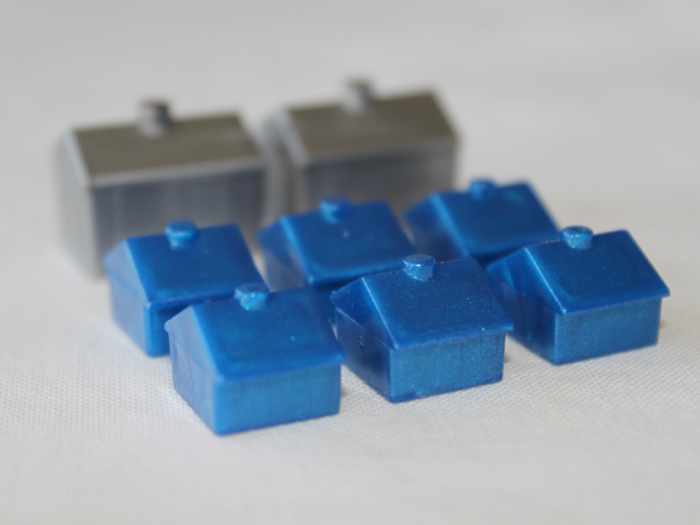Generating a passive income stream

PHUKET: The whole point of retirement planning is to get to a point where you no longer need to actively work to provide you with the things you need or want. This can be accomplished by saving enough money that you can draw it down slowly until you die, but the downside of this approach is that you obviously never know in advance exactly how long you will live. Mess up on that forecast and you may end up 90-years-old and broke, which is not the best time in life to have to try and re-enter the workforce. Generating a passive income stream which could take care of you in perpetuity is a much better approach, although one that has seemed very elusive for many retirees in today’s low interest rate environment.
How exactly then, can you go about building a steady passive income in the current environment? There are actually quite a few ways to do it, but since each one carries with it a unique set of risks, the best approach is to try and create several separate streams. This way, if something unexpectedly goes wrong with one, your entire income hasn’t been wiped out because of it.
The first and most obvious form of passive income, which is most likely as old as the so-called world’s oldest profession, is to buy or develop rental properties. These can be commercial or residential, and the great thing about real estate is that it is generally inflation proof. I won’t spend too much time on real estate here since you have experts on the subject, such as Bill Barnett, writing columns dedicated to it every week. There are risks involved with real estate, however, and as it is also one of the least liquid asset classes out there, you need to diversify across more liquid asset classes in case unforeseen events cause you to need cash in a hurry.
Dividend paying blue chip stocks are another way to generate a passive income, and while their yields aren’t great at the moment, careful selection can allow you to create a portfolio of solid companies which give a much better yield than bank deposits or money market funds. Of course, there is market risk, and I believe that within the next few years you will be able to buy most of the universe of stocks at much lower prices than today and with correspondingly much higher yields. However, if you don’t have the luxury of waiting, you just need to be much more careful to avoid relatively overpriced companies based on their price to earnings ratio.
Bonds are another way to generate passive income, and while they do not offer great yields either at the moment, if you can make sure you hold a specific issue to maturity, then you eliminate the interest rate risk involved. Of course, this exposes you to inflation risk, but a diversified stream of incomes would address this, as stocks and real estate tend to do well in inflationary environments. It’s only in hindsight that it is ever evident which of these asset classes was the better pick, but diversifying across all three will help protect your income stream in the event you live into your hundreds.
David Mayes MBA lives in Phuket and provides wealth management services to expatriates around the globe, focusing on UK pension transfers. Faramond UK is regulated by the FCA and provides advice on taxation and pensions. He can be reached at david.m@faramond.com or 085-335 8573.
— David Mayes
Latest Thailand News
Follow The Thaiger on Google News:


























